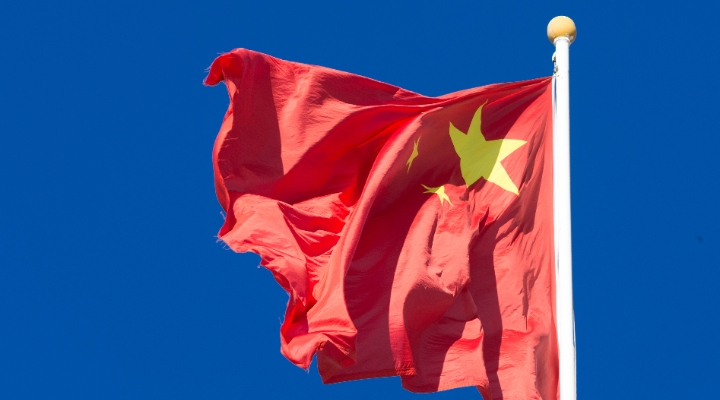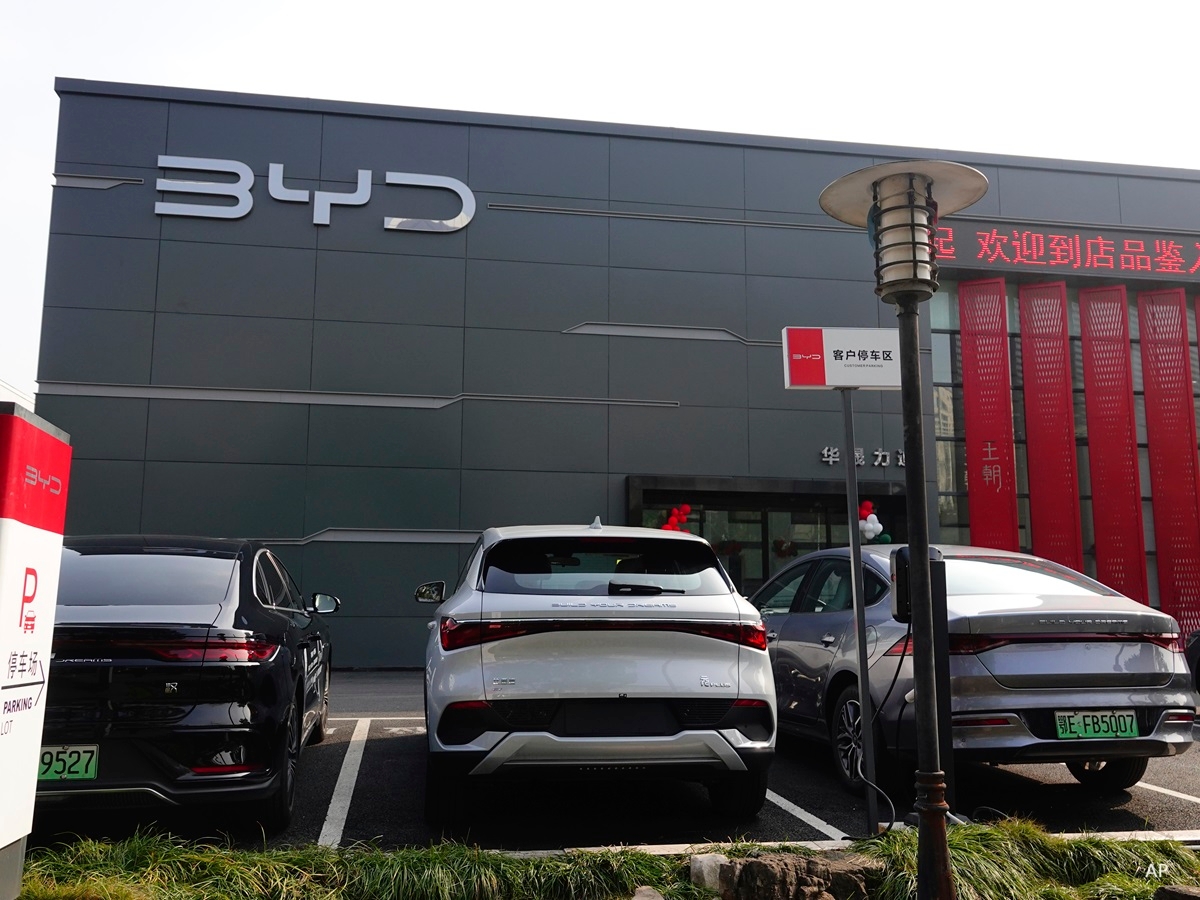
China reported a 3% GDP growth for 2022, its second slowest pace since 1976. The figure also missed the government’s growth target of “around 5.5%”. However, the fourth quarter 2.9% year-on-year growth came in much stronger than the market consensus of 1.6%.
December Is Likely a Bottom for China's Economic Growth
Chaoping Zhu, Shanghai-based Global Market Strategist, J.P. Morgan Asset Management, says: “This deceleration demonstrated the pressure of uncertainties associated with COVID on the Chinese economy, first from the zero-COVID policies and then the mass infection.” After stringent measures were relaxed across the country, the steep rise of COVID infections deterred nationals from going home, which led cyclical indicators to further deteriorate.
Zhu adds: “When most people got infected and stayed at home, retail sales decreased 1.8% year-on-year, in which food services slumped by 14.1% year-on-year.” Labor shortage, due in part to COVID-infected workers, slowed industrial production. The government’s infrastructure investment push and monetary easing were attributed to stabilizing fixed asset investment, which grew 5.1% from a year back.
“Despite the weakness, December might be the bottom of the Chinese growth trajectory in the near term. High-frequency indicators are pointing to quick recovery of economic activities as the infection has probably peaked across the country,” says Zhu. He also cites last week’s subway passenger flows having recovered to 70-80% of pre-COVID levels in Beijing and Shanghai.
David Chao, global market strategies at Invesco, was positive about the latest economic numbers and thinks December monthly data was “surprisingly resilient”. He says: “It’s apparent that market fears of significant COVID disruptions have been misplaced. Today’s print shows that once this infection wave passes, it’s undeniable that the Chinese economy is likely to experience a meaningful, albeit gradual, consumption-led rebound as pandemic restrictions permanently fade away.”
The Consumption Story Stays Resilient
Zhu from J.P. Morgan Asset Management expects to see a sustained economic recovery in 2023 as a result of reopening and policy stimulus. “Service sectors should be the early beneficiary when pent-up demand is released. Sales of consumer goods might also pick up due to improving confidence and continued policy support.”
Invesco’s Chao agrees that consumption will be the backbone of the impending recovery. He points to retail sales being “the big surprise for the month.” Thanks to surprisingly strong auto sales and medicine, China’s retail sales only fell 1.8% in December, also much better than the market expectations of a 9% yearly decline. Overall in 2022, retail sales fell by 0.2%.
Chao thinks this momentum will continue and says: “The single most important driver for the economic recovery this year will come from the Chinese consumer. Since the pandemic began in 2020, domestic consumption has been consistently below trend and has been a drag on the overall economy’s growth rate.”
He thinks this recovery will ride on the excess savings that Chinese households have amassed during the pandemic. “This pile of cash stands at around RMB 2 trillion in excess savings from last year, while bank deposits have grown by almost 50% since the start of the pandemic,” says Chao, adding “It’s likely that they will start to spend this stockpile as sentiment improves on discretionary items and put some capital to use in the property market or other assets such as the domestic stock market.”
There Are Opportunities in Onshore Stocks
Markets have much optimism for China’s border and economy reopening as it’s considered a major catalyst for some other parts of the world. Invesco’s Chao thinks the slowdown in China’s economic growth wasn’t as severe as the market had anticipated and continues: “Today’s better-than-expected economic print confirms my view that growth and corporate earnings could surprise on the upside to beat expectations in 2023, and that investors should continue to embrace China’s reopening as the single most important catalyst for APAC markets in 2023.”
China’s key indices have advanced quite significantly, with the Hang Seng index up 7.1% and the onshore benchmark CSI 300 Index also rising 6.4% year to date. Despite a strong start, Chao thinks there’s still room for upside. “Especially for onshore stocks – as policymakers roll out additional growth-boosting measures to support the economy and especially for the all-important property market. It’s also becoming clear that we are almost completely out of the regulatory woods for many industries – as the government prioritizes stabilizing growth for the coming year.”
But Risks Will Ensue from the Reopening
On the other hand, Zhu reminds investors of risks that persist in the property sector and local government debt, which requires further credit support. “Accommodative policies should also remain in place to support business confidence. Hence, an additional interest rate cut is expected in the first quarter, followed by liquidity facilities by the People's Bank of China.”
Preston Caldwell, head of U.S. economics at Morningstar, says: “It is going to take a while for the virus to work its way through the Chinese population and a degree of immunity to develop. There’s a decent level of vaccine penetration, although there is some gap. When the U.S. and Europe really got over the coronavirus and returned to normal, they acquire not only half vaccination rate but a good deal of natural immunity after the virus has been spreading for up to two years. This is going to be the case for China. There’s going to be several waves of the outbreak over the next year. The exact timing is hard to predict but we probably won’t be anywhere close to 100% normal roughly a year from now.
The biggest implication of a China reopening would be on the crude oil market as Chinese travelers will add to the picture. Even as a normalization of the demand and supply of crude oil has greatly played out by now, an upward pressure in crude oil prices could happen in around the second half of 2023. But Caldwell does not think the oil price is not going back up to prior peaks and such impacts would only be there temporarily based on his long-term global market outlook.












.png)



.jpg)





